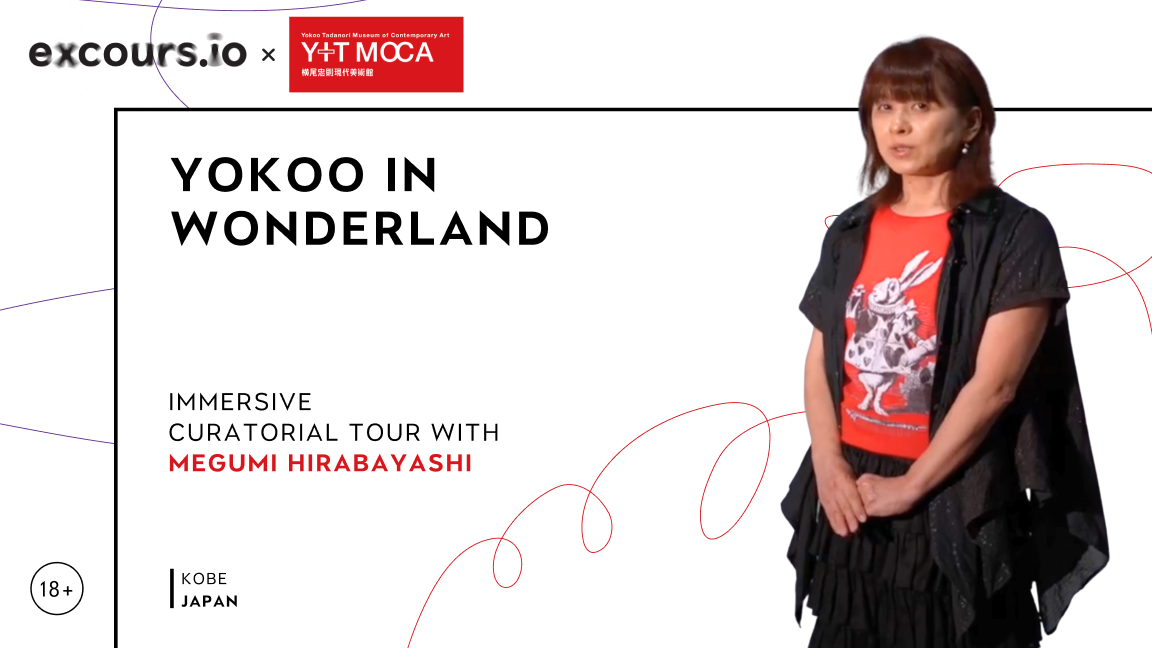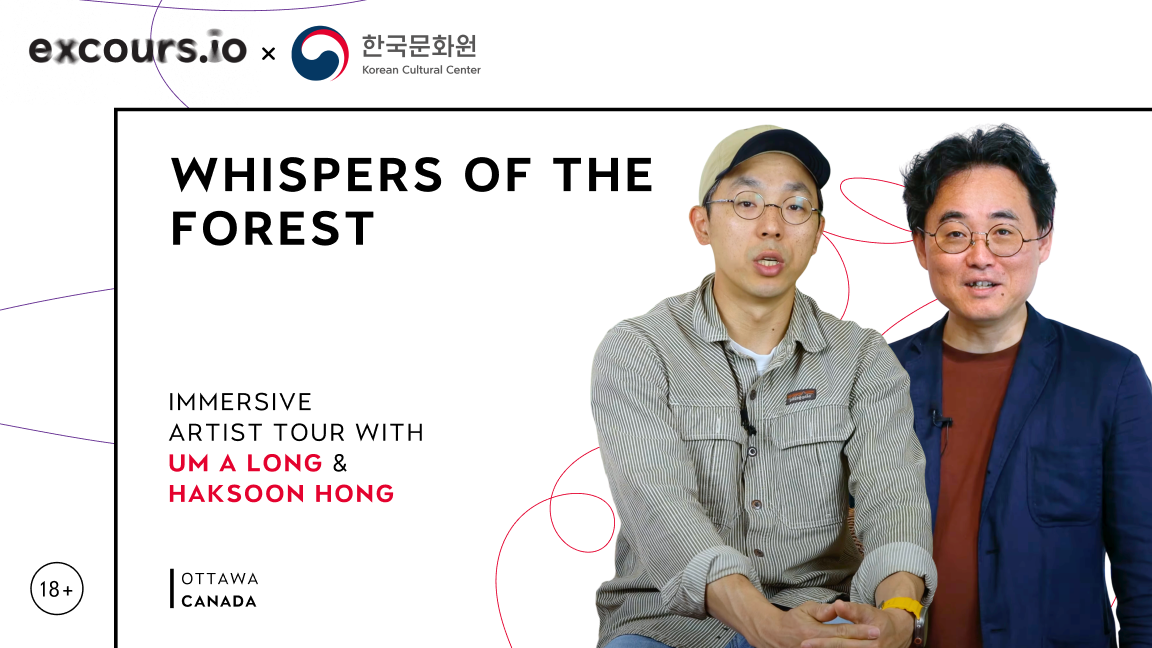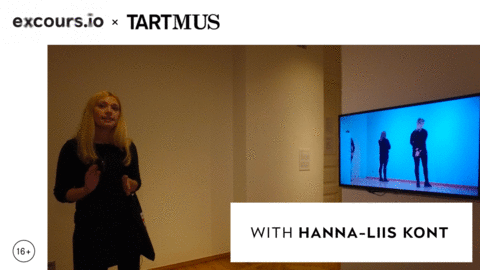“Rage and Desire — The Beating Heart of Men” by photographer Gérard Rancinan and writer Caroline Gaudriault
This exhibition, Of Rage and Desire, The Beating Heart of Men, presents a unique photographic and literary confrontation exploring the state of humanity in the modern era. Conceived by international photographer Gérard Rancinan and French author Caroline Gaudriault, the project uses monumental imagery and reflective texts to critically examine the profound social contradictions and transformations that have defined life in the 20th and 21st centuries. The display features Rancinan’s striking, metaphor-rich photographs, which often reinterpret classic masterpieces, alongside Gaudriault’s powerful calligraphic installations. Organized into three immersive parts, the exhibition charts our complex relationship with Modernity and societal upheaval. Visitors leave having considered the full range of human feeling — our hopes, rages, desires, and responsibilities — within the continuous transformation of the global world.
Why should you watch this?
The film Of Rage and Desire, The Beating Heart of Men speaks directly to our fractured present by pairing Gérard Rancinan’s monumental, often operatic photographs with Caroline Gaudriault’s hand-written texts, forcing a conversation between image and language about power, longing, and social fracture. Moments such as a staged tableau that echoes a classical masterpiece and a nearby wall of looping calligraphy confront viewers with feeling and argument at once — beautiful, unsettling, and hard to look away from. The effect is both visceral and cerebral: it provokes anger, invites reflection, and asks a final responsibility of us all — to name what we want and what we must change.
Yokoo Tadanori’s Game of Life
Yokoo Tadanori’s Game of Life transforms the artist’s remarkable journey into an interactive board game, inviting visitors to experience his extensive artistic world firsthand. Born in 1936, Yokoo Tadanori has navigated a career spanning decades, marked by a philosophy that embraces destiny and chance. The exhibition explores how his art reflects life’s unpredictable path, where outcomes are often left to fate, much like reaching the “Finish” square in a game. Through this engaging format, featuring the visionary artist’s work, the exhibition encourages reflection on the interplay of choice and fortune in shaping creative expression and individual trajectories. Visitors will gain a fresh perspective on his unique artistic vision and the unpredictable nature of life itself.
Why should you watch this?
The film Yokoo Tadanori’s Game of Life feels urgent now because it frames existence as both play and chance, echoing the uncertainty of our own times. Yokoo’s use of the board game format highlights how life’s path is shaped as much by accident as by intention, a theme that resonates in an era of shifting global realities. Moving between moments of triumph, setback, and surprise, the exhibition transforms autobiography into a shared reflection on fate. The playful roll of the dice becomes a metaphor for resilience, leaving viewers with a reminder that unpredictability is not chaos but a condition of living.
Yokoo in Wonderland
Yokoo in Wonderland invites visitors into artist Yokoo Tadanori’s parallel realm, where the boundaries of reality dissolve into a collection of wonders. Drawing inspiration from Lewis Carroll’s classic Alice in Wonderland, the exhibition guides viewers through a journey that begins with a girl falling into an underground kingdom, then continues into space and an unknown world. The experience progresses through “The Looking-Glass World,” where real and virtual images intertwine, and concludes in “The Land of Dreams,” blurring reality and unreality. Through Yokoo’s distinctive artistic vision, this exhibition encourages a deep immersion into an infinitely expanding universe, prompting reflection on how art can transport and reshape our perception of the world.
Why should you watch this?
Whispers of the Forest
The exhibition Whispers of the Forest presents a playful, interactive world where contemporary Korean art explores themes of nature, community, and coexistence. This immersive installation, designed especially for children and families, addresses pressing modern issues like rapid urban development, environmental loss, and displacement. The gallery becomes a forest playground featuring works by artists Um A Long, who creates sculptures from discarded materials, and Haksoon Hong, who brings his vibrant Wink Tokki World to life through murals and animations. Visitors are encouraged to engage directly with the art, moving beyond passive viewing to reflect on sustainability and our relationships with others. The experience prompts us to imagine a future where all beings can live and grow together in harmony.
Why should you watch this?
The film Whispers of the Forest asks what it means to share a world at a moment when climate change and rapid urban growth unsettle familiar ways of living. Um A Long’s sculptures, shaped from discarded materials, echo the resilience of creatures adapting to damaged environments, while Haksoon Hong’s Wink Tokki characters invite us into a universe where play and friendship make coexistence possible. Together, these voices create a mood that shifts between unease and delight, reminding us that survival and joy are intertwined. The film ultimately leaves viewers with a simple yet urgent question: how do we choose to live together?
Museum Choreography
This innovative exhibition reimagines the traditional museum experience through the lens of dance and choreography, inviting audiences to become active participants in the artistic dialogue. It foregrounds the unpredictable interplay between viewer movement and static artworks, showcasing how personal histories, cultural contexts, and physical presence transform the museum into a living, dynamic space. By exploring the nuances of how we look at and engage with art, the exhibition challenges visitors to reflect on their own movement and interactions within the gallery. This exhibition is a thought-provoking exploration of the embodied experience of art, making the viewer an integral part of the creative narrative.
Why should you watch this?
In today’s rapidly evolving cultural landscape, this exhibition stands out by positioning dance and choreography as vital means of understanding and engaging with art in the museum context. By centering the audience’s experience, it reflects our collective need for connection and interaction in spaces that often feel static and distant. In an era where individual perspectives and cultural backgrounds shape our understanding of art, this exhibition invites viewers to reclaim their role, reminding us that museums are not just repositories of art but vibrant environments shaped by human presence and movement. As the act of looking becomes more layered and complex in our digital world, this exhibition challenges us to reconsider our relationship with art, encouraging a deeper engagement that resonates well beyond the gallery walls.





